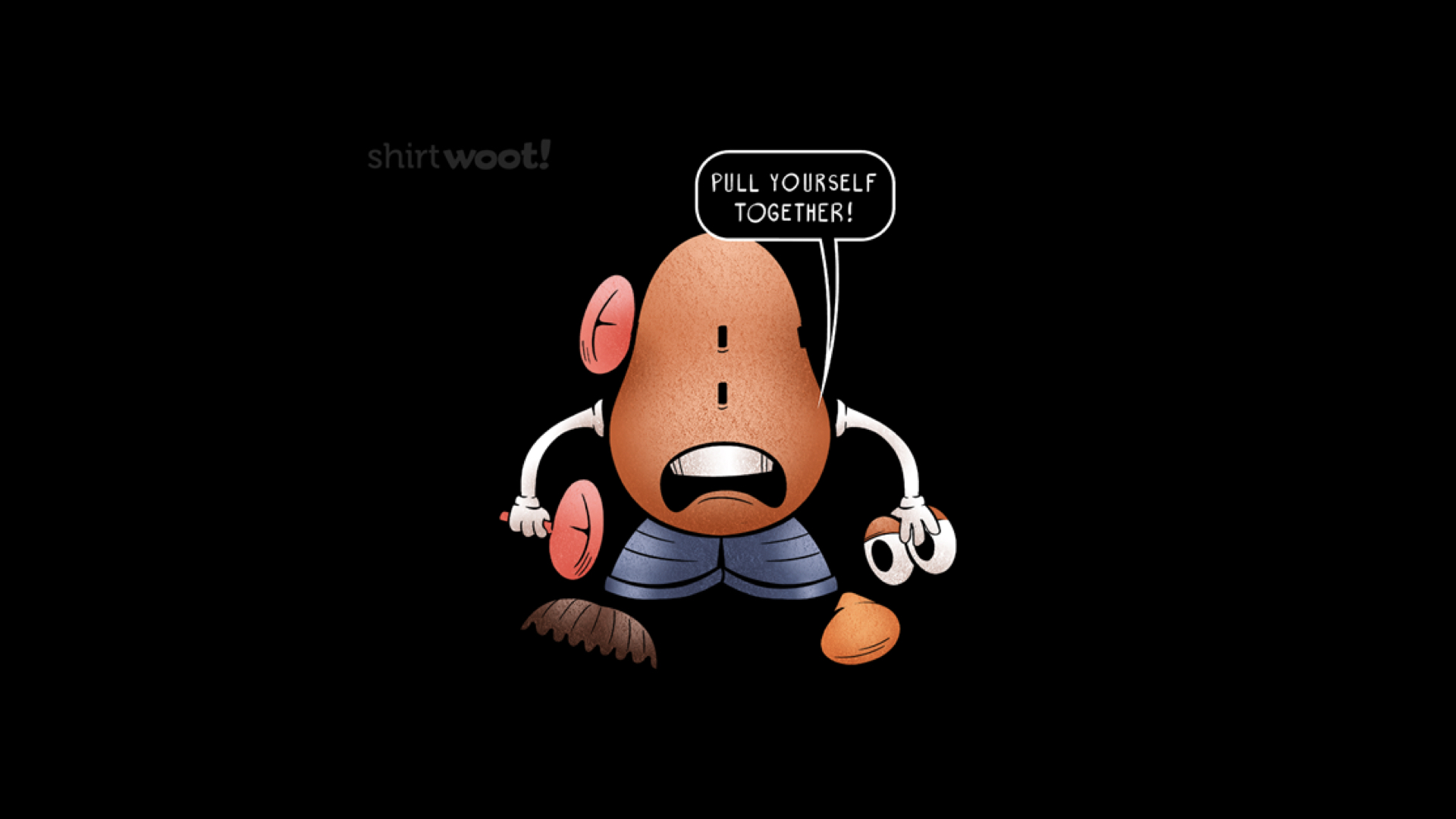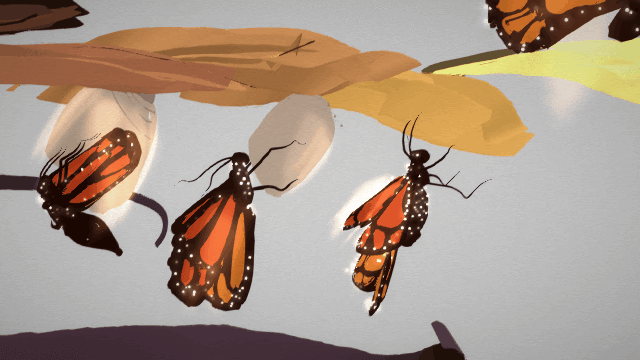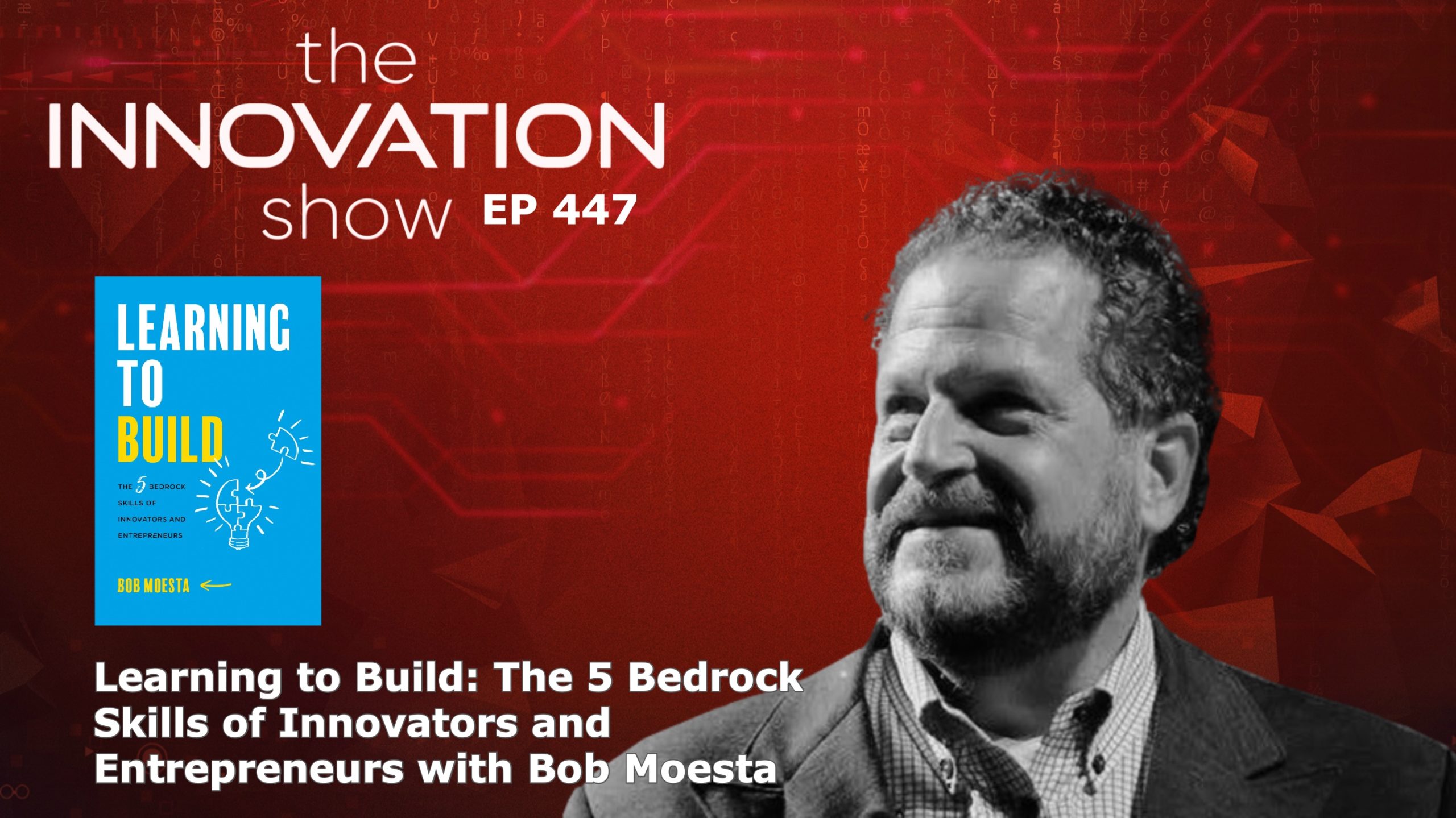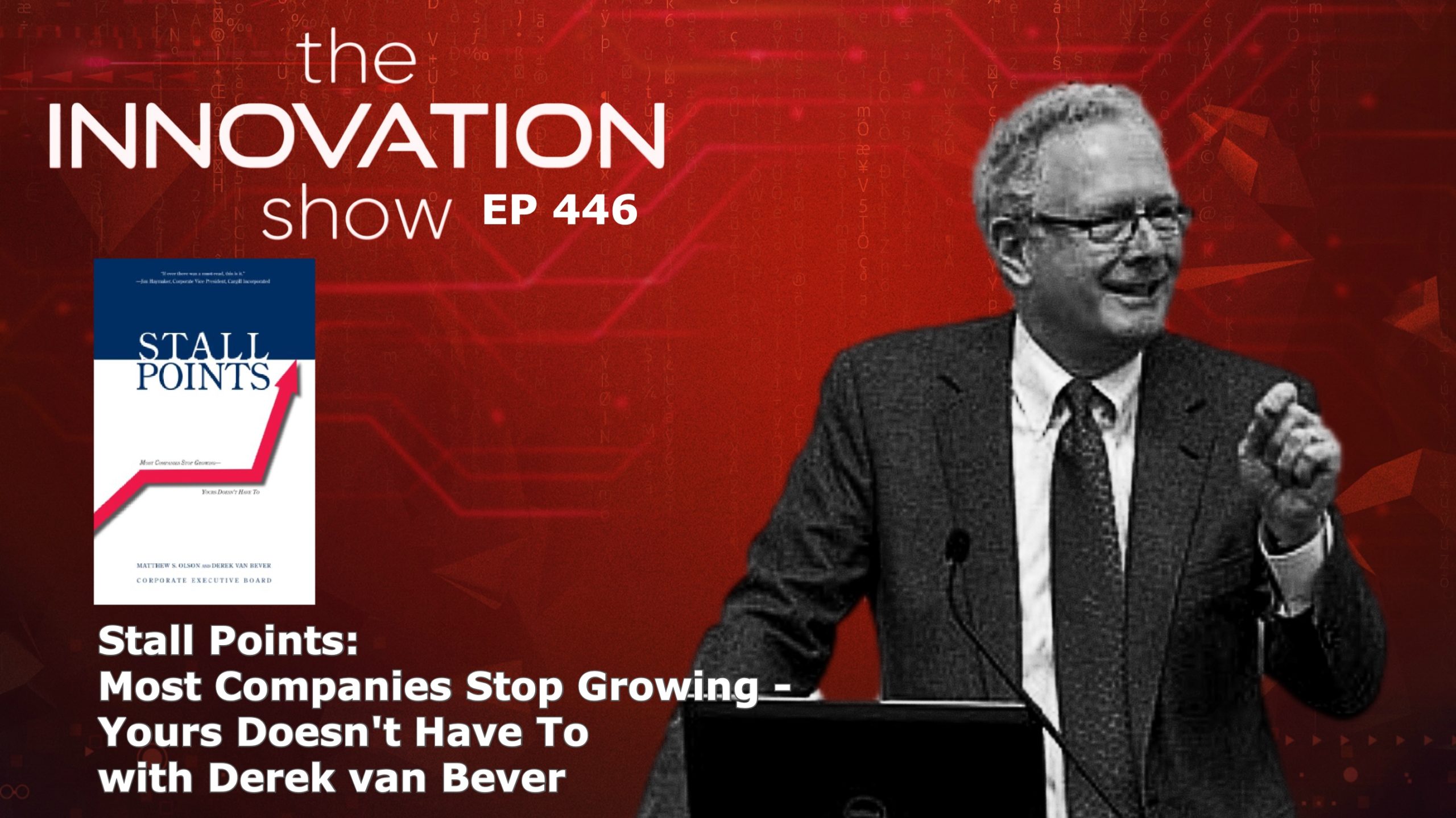The Aboriginal tradition of “Right Way Fire” involves the controlled use of fire to maintain and restore ecosystems. Strategic small-scale slow burns in targeted areas during the early dry season minimise the risks of uncontrollable wildfires in the dry season. This practice is deeply rooted in the understanding that mindfully clearing away the old and stagnant creates space for new growth and vitality. This collective ancestral wisdom, long ignored, is now changing practices across several countries with similar savannah grasslands.)
Posted 3 years ago Tagged Aidan McCullen Business Diversity Entrepreneurship Human Potential Innovation Leadership McKinsey Strategy beyond the Hockey Stick Sven Smit Technology Undisruptable
Diversity of species, genetics, age, thinking and specialism (skillsets) is fundamental to the health of an ecosystem. As we will explore in this Thursday’s Thought, homogeneity risks ecosystems. Despite mother nature’s wisdom, we often think we know better. A drive for profits and short-termism frequently trump what is best for the long term.
Posted 3 years ago Tagged Aidan McCullen Business Entrepreneurship Human Potential Innovation Leadership McKinsey Strategy beyond the Hockey Stick Sven Smit Technology Undisruptable
Today’s book shows, through empirical analysis and the experiences of dozens of companies that have successfully made multiple big moves, that to dramatically improve performance, you have to overcome incrementalism and corporate inertia.
We welcome Chairman of the McKinsey Global Institute and Author of “Strategy beyond the hockey Stick” Sven Smit
Posted 3 years ago Tagged Aidan McCullen Business Catalysing Collagen Dual Transformation Innovation Leadership Subversive Serrapeptase Transformation
“Without changing the structure of your organisation, I would argue that [innovation] will not work.” – John Chambers (former CEO Cisco)
Many of us feel the bodily repercussions of middle age with joint pain, scar tissue and stiff muscles. While we mostly forget what led to these issues, our bodies keep the score. About two years ago, I embarked on a journey of physical reinvention. It strikes me how much this experience mirrors the formidable task of organisational transformation. To elaborate, I use the analogy of two supplements: serrapeptase to break down existing structures and collagen to rebuild them anew.
Posted 3 years ago Tagged Aidan McCullen Corporate Culture Disruption Don't Eat Your Seed Corn Entrepreneurship Seedcorn Innovation Strategy Technology Tenant Farmers Don't Pick Up Rocks Transformation
“Tenant farmers don’t pick up rocks.” Just as tenant farmers, who have short-term leases on the land they cultivate, lack the incentive to invest in long-term improvements like clearing the fields of rocks, some leaders with increasingly short tenures hesitate to make crucial investments in the future of their organisations. Rather than focus on initiatives that require time and resources to bear fruit, they often shutter them, earn a bonus on their efforts, and are out the gate before the lack of seedcorn becomes apparent. Consequently, the organisation becomes stuck in a cycle of short-term gains, missing out on the long-term benefits that arise from seedcorn investments and productivity programmes akin to picking up rocks.
Posted 3 years ago Tagged
Marty Cagan.has long worked to reveal the best practices of the most consistently innovative companies in the world. A natural companion to his bestselling book INSPIRED, EMPOWERED tackles head-on the reason why most companies fail to leverage the potential of their people to innovate truly: product leadership.
Posted 3 years ago Tagged Aidan McCullen Business Corporate Culture Disruption Innovation Leadership The Fra Mauro map and the Diego Ribeiro map Transformation
To successfully navigate the new world, we must humbly accept; that we don’t know what we don’t know. Like the mapmakers of the past, we must accept that accepting ignorance had to come before embracing knowledge. In the business world, this means a departure from the world of a five-year plan (map) in favour of the uncertain harbour of a five-year direction, where an organisational North Star serves as a magnetic force. This new mental map leaves enough room for uncertainty, deviation and exploration, just like the Ribeiro map.
Posted 3 years ago Tagged
It is a pleasure to welcome to the Innovation show a friend of the show to share insights from his latest book, “Learning to Build: The 5 Bedrock Skills of Innovators and Entrepreneurs”, Bob Moesta.
Posted 3 years ago Tagged Aidan McCullen Aidan McCullen Innovation Blogs on Innovation Business Derek Van Bever Derek van Bever Stall Points Disruption Entrepreneurship Innovation Leadership Levi Strauss Strategy Failure Stall Points Strategy Technology The Seneca Effect The Seneca Effect in Business Transformation
The Seneca Effect, also known as the Seneca Cliff or Seneca Collapse, is a concept named after the ancient Roman philosopher Lucius Annaeus Seneca. The effect is based on Seneca’s quote, “Fortune is of sluggish growth, but ruin is rapid.” He observed that many things in nature, including human affairs, systems and civilisations, tend to decline much more rapidly than they ascend.
Posted 3 years ago Tagged Clayton Christensen Derek Van Bever Derek van Bever Stall Points Innovation Leadership Stall Points
Derek van Bever and team investigated the incidence and consequences of growth stalls in major corporations, then probe the root causes. Examining hundreds of stall points, the authors conclude that the greatest threat to a company’s growth is posed by obsolete strategic assumptions that undermine market position, and by breakdowns in innovation and talent management. This is Stall Points.









